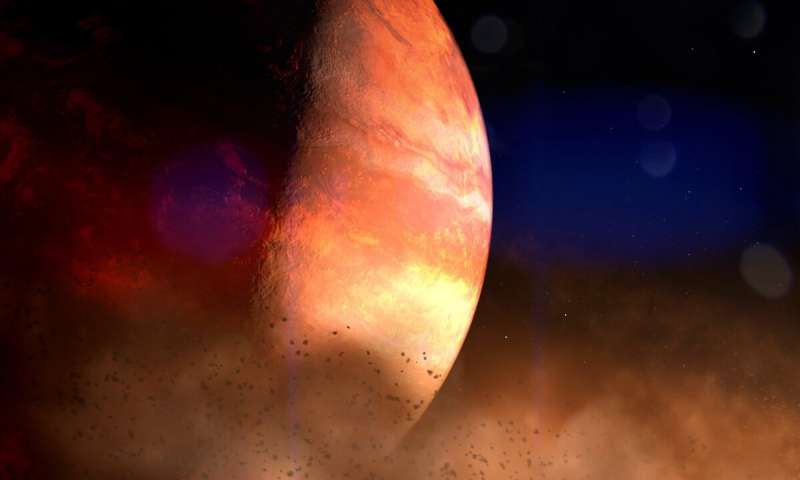
An asteroid is captured tumbling near our planet, two black holes do a complex dance, and carbon emissions drop in Earth's atmosphere due to movement restrictions associated with the novel coronavirus pandemic. Here are the most amazing images from space this week.

Data from NASA's now-retired Spitzer Space Telescope finally revealed what two huge black holes were up to. The observations showed the complex choreography of the black holes' movements as well as flashes of light, as the smaller of the pair crashes through its larger companion. The black holes are 3.5 billion light-years from Earth in the center of a galaxy called OJ 287.
Full story: Flashy 'dance' of two monster black holes captured by NASA's Spitzer Space Telescope

Ahead of its safe flyby by Earth this week, asteroid 1998 OR2 came under scrutiny from the Arecibo Observatory in Puerto Rico. The radar images show the asteroid tumbling in space as it approacched our planet. The asteroid missed our planet safely by a wide margin, at about 16 times the distance from the Earth to the moon during its closest approach on April 29.
Full story: Radar views show big asteroid 1998 OR2 tumbling in space ahead of Earth flyby (video)

Fossil fuel emissions have plummeted around the world due to stay-at-home orders in the United States and numerous other countries, a necessary measure to deal with the novel coronavirus pandemic. Satellites pictures from space are showing reduced carbon emissions in our planet's atmosphere. These emissions are shown to be a key driver in global warming and extreme weather events.
Full story: Drop in fossil fuel emissions from coronavirus response is changing Earth's air, NASA satellites show

The Hubble Space Telescope captured a new image of spiral galaxy NGC 4100, which has arms showcasing pockets of starbirth. The galaxy is about 67 million light-years from Earth and is about three-quarters the size of our own galaxy, which is called the Milky Way. Officials say the galaxy appears "stretched out across the sky."
Full story: Image of the Day! 'Stretched' spiral galaxy bursts with baby stars

Talk about high definition. New images of blazing-hot plasma on the sun's surface shows threads of superheated gas at 125 miles (200 km) wide. NASA's High-Resolution Coronal Imager, or Hi-C, represents the latest in the agency's efforts to learn more about the structure of the sun. The sun is a large influence on "space weather" that can affect satellites and other crucial Earth infrastructure.
Full story: Each of these 'tiny' threads of blazing-hot plasma on the sun is 125 miles wide

These shiny pictures represent the future of Mars exploration. NASA has tasked three companies with the final design work to bring humans to the moon by 2024: SpaceX, Dynetics and a Blue Origin-led team. If successful, this will be the first time astronauts land on the lunar surface since the Apollo missions that brought 12 astronauts to the moon between 1969 and 1972.